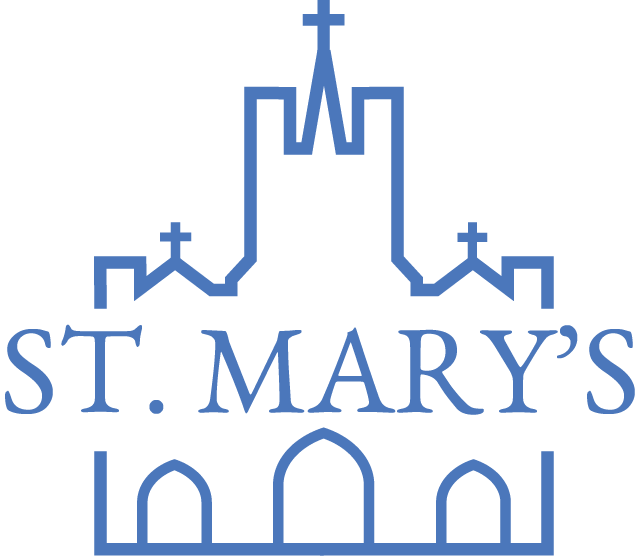27 Feb First Sunday in Lent-Archbishop B. O’Brien
February 18, 2018
Archbishop B. O’Brien
As you perhaps noticed, references to water are prominent in the scriptural readings today. We see how the first reading speaks about the waters of the flood, and, in the second reading and the gospel, there are references to baptism – Jesus’s baptism by John and our own.
We are all aware of the destructive power of water when streams and rivers overflow their banks and wreak havoc and loss. But water has another side to it. We need it to live, to grow crops, and to sustain life. Without a clean and ready supply of water, life is difficult.
It is for this reason that, in the Scriptures, the desert is considered a dangerous, forsaken place, devoid of what sustains life.
Each year, on this First Sunday of Lent, we hear a gospel account of the temptation of Jesus in the desert. This year, you have to listen carefully or you might miss it, because St. Mark’s gospel moves at quite a clip. Within a few lines, we are introduced to the Baptism of Jesus, his temptation in the desert, and, finally, the call to repentance in light of the coming of the Kingdom.
Repentance and doing penance are certainly an important part of Lent. The gospel on Ash Wednesday calls us to pray, fast and give alms. In this way, our spiritual awareness is heightened and our determination to avoid sin is strengthened. But another important focus of Lent is to recall and recognize all that God has done for us as we prepare for his greatest gift: the resurrection of Christ and our own participation in it.
And, so, during the Sundays of Lent, the first reading talks of great deeds: the covenant with Abraham, the exodus from Egypt, the return of the exiles from Babylon, etc. In our first reading today, we see that the great deed was saving Noah and those who were with him in the ark. God promises Noah and every living creature that there will be a new start, a new creation, the sign of which will be the rainbow. We may associate the rainbow with leprechauns and pots of gold and focus on its beautiful colours, but, for the people of the Old Testament, it represented the bow and arrow of God, which he placed in the sky, as the first reading indicates, “to recall the covenant that I have made between me and you and all living beings”. As we heard in the second reading, it was not long before the followers of Jesus would see a parallel or a connection between the story of the Great Flood and the waters of baptism. They made an association between the ark, which saved the eight, and the barque or ship of Peter, the Church. The covenant which God made with Noah and his descendants now comes to an even greater fulfillment in the new covenant in Christ which we enter through baptism.
So while Lent is a time to express sorrow for sin and a time to intensify our spiritual awareness through prayer, fasting, and charitable giving, it is also a time to deepen our awareness of God’s desire for our good – his desire to save us – as we recall what God has done in the past and is doing for us through the death and resurrection of Christ and the gift of the Holy Spirit.
As we go through this period of Lent, let us keep the image of the rainbow before us, the sign of God’s powerful love for us even when our love for God is sometimes weak and uncertain. Let us think of those who will enter the Church this Easter. Let us pray for those who have become estranged from the Church through discouragement, scandal, or neglect. In this way, we will emerge at the end of Lent more eager and more prepared to commit ourselves to the Lord when we renew our baptismal promises on Easter Sunday.

